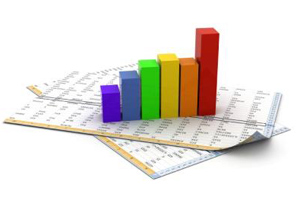Australian farmer numbers fall but productivity grows

The number of Australian farmers has fallen by over 100,000 in the three decades since 1981, yet the value of Australian agricultural exports in this time has grown from $8.2 to $32.5 billion, new statistics from the Australian Bureau of Statistics (ABS) have revealed.
Australia’s peak agricultural representative body, the National Farmers’ Federation (NFF), says the sector has changed dramatically and while the number of farmers has fallen, agricultural productivity has grown at an average rate of three percent a year over the past 25 years.
“Australian farmers are extremely adaptable, so while the number of farmers has fallen in Australia over the last 30 years, at the same time, our industry has become more technologically-savvy, more innovative, more efficient and ultimately more productive at what we do: growing food and fibre,” NFF President Jock Laurie said.
“As the Prime Minister said in her address to an industry dinner in Canberra only a few months ago, agriculture has been the sector with the largest productivity growth since 2007-08. And, as the Opposition Leader said in his address to the NFF’s National Congress recently, it was only because of the growth in the agricultural sector that we avoided going into recession during the global financial crisis.
“I’ve spoken many times about the positive outlook for Australian agriculture and the enormous opportunities for our industry in the future, provided we can overcome the challenges ahead. One of these challenges is to maintain this productivity growth, which needs to be addressed via a continued, strong commitment from Government to agricultural research and development,” Laurie said.
Laurie’s comments come as ABARES released its primary industries exports forecast for 2012-13, which predicts that agricultural export earnings will be around $36 billion, up from $32.5 billion in 2010-11 but slightly lower than the $36.4 billion achieved in 2011-12.







